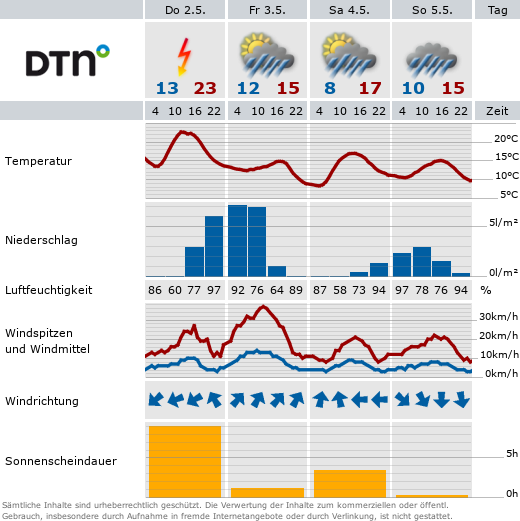Intersectionality, the | intersectional (adj.)
Intersectionality refers to the interaction of different social categories and their mechanisms of oppression. The term intersectionality or intersectional draws attention to the fact that various forms of oppression and discrimination act simultaneously, reinforce each other and are perceived very differently in the lived realities of individuals (Vielfalt Mediathek n.d.).
Intersectionality assumes that people have complex identities and different social identity categories such as class, ethnicity, race, ⇒ gender, disability, sexuality, religion and nation. Therefore, the term analyzes a person's reality as a web of multiple categories that are interdependent: For example, a white, Jewish woman with a disability experiences different forms of discrimination than a Black, ⇒ queer woman. The term intersectionality thus makes it clear that forms of discrimination are not just added together, but can interact and give rise to new forms of discrimination (Friedrich Ebert Stiftung 2022). The term intersectionality aims to do justice to this complexity and create an understanding of the interdependencies between capitalism, patriarchy and racism. According to Emilia Roig, it is about “better understanding this complexity and also better combating it” (Friedrich Ebert Stiftung 2022).
Intersectionality comes from the English word intersection, which means crossroads or junction. Intersectionality follows the metaphorical idea that identity characteristics or forms of discrimination run like roads that meet at a crossroads. At the intersection, the probability of being hit by a car or experiencing discrimination increases. The more identity characteristics and forms of discrimination come together, the higher the risk of an accident. At this point, it is no longer possible to tell which “direction” the discrimination is coming from. This means that the forms of discrimination are not simply added together, but also do not act independently of each other - rather, new forms of discrimination arise. The term is therefore also intended to draw attention to the particular vulnerability of people who experience multiple forms of discrimination (Gender Mediathek n.d.).
In 1989, the term was introduced by the US legal scholar Kimberlé Crenshaw in her essay “Demarginalizing the Intersection of Race and Sex” (Heinrich Böll Stiftung 2019). With this essay, she wanted to draw attention to the specific forms of discrimination that affect Black women, but which were neither legally protected nor socially recognized. The text was prompted by the lawsuits filed by five Black women against General Motors on the grounds of racism and sexism within the company. These allegations were rejected by the court, as no discrimination based on gender or race was recognized. The specific discrimination against Black women by the company therefore fell through the cracks (Crenshaw 2019).
The term emerged from Black feminism, which combines the forms of discrimination of sexism and racism. Intersectionality is now an integral part of the feminist movement. In its critical examination of various mechanisms of oppression, it distances itself from so-called White feminism. This focuses primarily on white, privileged women (Frauenseite.bremen 2022).
There is also criticism of the term from within the feminist movement. Some representatives of Materialist feminism see the danger that intersectionality could lead to a fragmentation of the movement and that the focus on visible forms of discrimination does not address the capitalist causes of structural inequalities: “All these manifestations of capitalist exploitation and domination are only referred to as ‘discrimination’ and thus only criticized to a limited extent” (Mendívil & Sarbo 2022).
The concept of intersectionality is now an integral part of gender and diversity research and other disciplines and is used theoretically and methodologically in teaching at universities. As a category of analysis, intersectionality has also found its way into party programs or corporate diversity concepts (Freie Universität Berlin 2025).
Last updated: May 2025
Sources (in German)
- Crenshaw, Kimberlé (2019): Warum Intersektionalität nicht mehr warten kann. Intersektionalität war gelebte Realität, bevor sie zu einem Begriff wurde. Heinrich Böll Stiftung, Gunda Werner Institut.
- Frauenseite.bremen (2022): Was ist eigentlich… Intersektionaler Feminismus? Last accessed 22.04.2025.
- Friedrich Ebert Stiftung (2022): Was ist Intersektionalität? Emilia Roig erklärt es dir! Last accessed 22.04.2025.
- Freie Universität Berlin (2025): Intersektionalität statt Eindimensionalität und Addition. Last accessed 22.04.2025.
- Gender Mediathek (o. J.): Intersektionalität. Last accessed 02.05.2025.
- Heinrich Böll Stiftung (2019): Intersektionalität: Eine kurze Einführung. Last accessed 22.04.2025
- Mendívil, E. R. & Sarbo, B. (2022): Die Diversität der Ausbeutung. Zur Kritik des herrschenden Antirassismus. Dietz Berlin.
- Vielfalt Mediathek (o. J.): Intersektionalität. Last accessed 22.04.2025.
The glossary is meant to evolve through mutual exchange with readers.
We regularly put the definition of a term up for discussion under #klargestellt. Do you have questions or suggestions? Join the discussion and contribute to a better understanding of the terms! We welcome your feedback to: shk.gleichstellung@verwaltung.tu-dortmund.de






